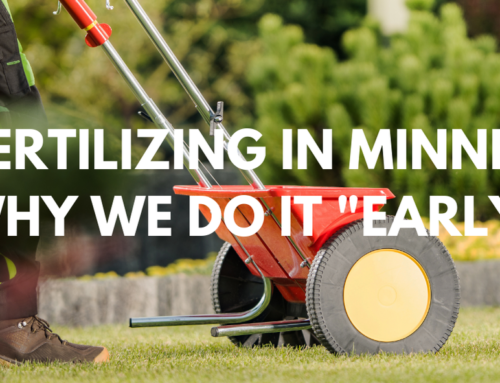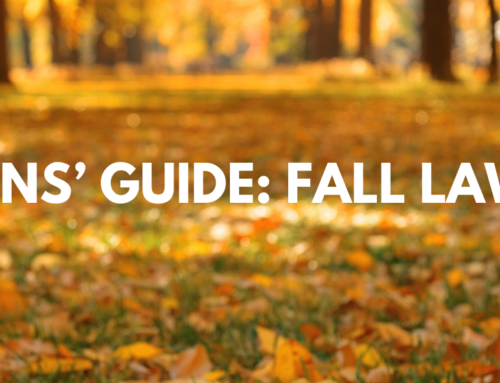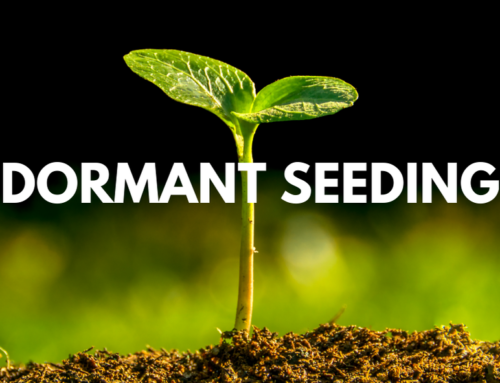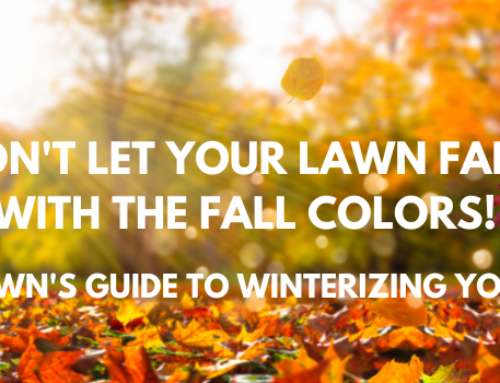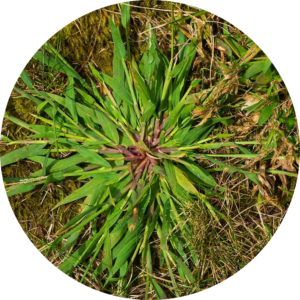
Crabgrass
Crabgrass, a vigorous warm-season annual, can quickly dominate lawns during hot and dry conditions, outcompeting cool-season turfgrasses.
Identifying crabgrass is easy due to its light yellow color and older leaves turning dark red.
To discourage crabgrass seed germination, consider raising your mowing height to a minimum of 3 inches.
For effective control, apply pre-emergent herbicides in early spring when soil temperatures approach about 55°F.
Apply post-emergent herbicides to young crabgrass plants for optimal results.
Maintaining a robust lawn is one of the most effective strategies against crabgrass and other weed infestations.
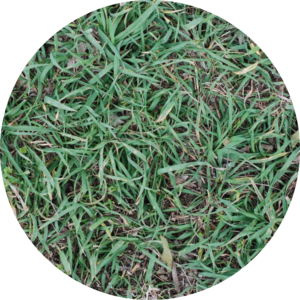
Quackgrass
Quackgrass is a persistent cool-season perennial grass that spreads primarily through underground rhizomes.
It has been classified by the U.S. Department of Agriculture as a restricted noxious weed.
Quackgrass tends to grow faster and taller than typical turfgrass, making it easy to identify.
For effective eradication, professional herbicide treatments are recommended as the most reliable method to eliminate quackgrass from lawns and ensure a healthier turf.
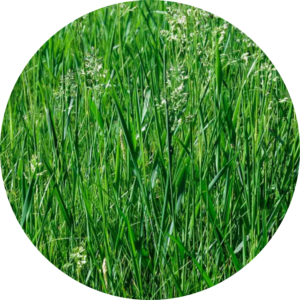
Tall Fescue
Fine fescue varieties like tall fescue, strong creeping red fescue, slender creeping red fescue, Chewings fescue, hard fescue, and sheep fescue are commonly grouped together for their resilience and aesthetic appeal.
In Minnesota, fine fescues thrive with minimal watering requirements.
Maintain fine fescues at a height of 2.5 to 4 inches. Adjust mowing frequency based on weather conditions: increase during cooler, wetter periods and decrease during hotter or drier weather.
Leave grass clippings on the lawn after mowing to enhance soil health naturally.
Implement a nitrogen fertilization plan that is low to moderate, primarily applied during the autumn months.
By adopting a higher mowing height and employing proper fertilization techniques, you can effectively reduce weed growth and minimize the necessity for pesticides.

Bentgrass
Bentgrass is found in lawns in moist sunny areas and shade.
Creeping Bentgrass is a perennial grass that thrives in cooler temperatures, particularly during spring and fall.
It often takes longer to turn green in the spring in home lawn settings.
The lower part of the grass shoot lacks hair and typically appears purplish to reddish.
Its bluish-green narrow leaf blade has a pointed tip with a prominent mid-vein on the lower surface.
Leaf edges are smooth.
Above-ground stems (stolons) spread extensively, forming dense, fine-textured patches.
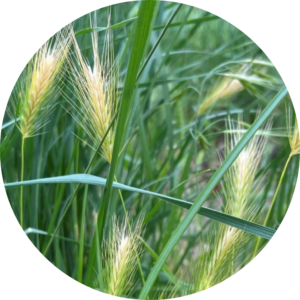
Foxtail
Yellow Foxtail is commonly found in lawns and landscape beds.
Yellow Foxtail is an annual grass that thrives in warm summer weather.
It grows in clumps with a loose and open structure.
The leaf is flat to V-shaped, twisted in a loose spiral, and features distinctive long hairs near the stem attachment.
Unlike Green Foxtail, it lacks hairs and may feel rough to the touch.
Flowers are cylindrical and spike-like, resembling a fox’s tail.
Foxtail grasses can cause mouth blisters in horses, so caution is advised.

Yellow Nutsedge
Yellow Nutsedge is commonly found in lawns and landscape beds, thriving in both moist and occasionally drier conditions.
It is a perennial with yellowish-green, grass-like foliage and long, narrow stems that appear waxy and triangular in shape.
The flowers are yellowish or brownish spikelets, similar to those found on grasses.
It has a fibrous root system and spreads via underground stems called rhizomes, which produce off-white, marble-sized tubers (nutlets) from which new plants emerge each spring.


